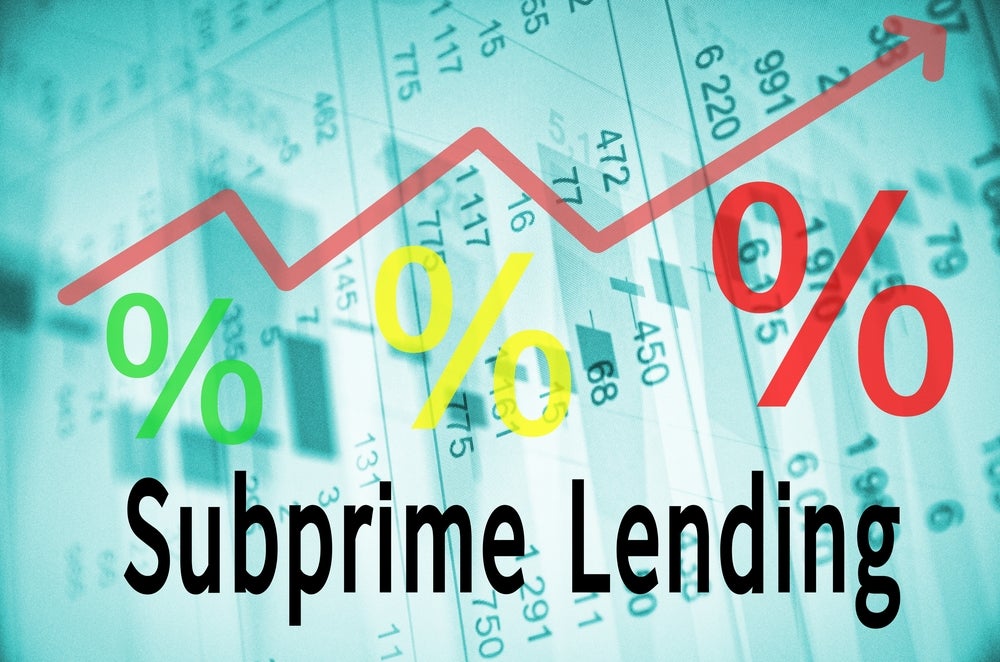
It’s that time of year again for editors to look back on highlights of the year about to end and look forward to 2021 forecasts. Except that the former is necessarily brief and the latter fraught with uncertainty.
Ordinarily, over the past 15 years or so on this parish, December editorials are the easiest of the year to write. And often written amid a plethora of welcome PR, vendor and bank Christmas parties for the media.
This time, any end of year review takes a bit of thinking but despite all of the unwelcome lack of socialising, face to face interviews, accumulating air miles via business travel and the fun of events chairing, there are grounds for optimism and reasons to be cheerful.
First off, it remains an exciting time to cover the banking sector – I can think of no other industry I would want to cover and that despite spending a number of years on a motoring magazine prior to joining RBI. There are only so many car shows, new car launches and automotive firms to cover.
And the banking sector deserves to be commended for the manner in which it has met the challenge of the pandemic.
Treating customers fairly
Frankly, it has learned painful lessons from the financial crisis of 2008 in terms of how it treats its customers and indeed the media. The Covid crisis has been a model of how banks can treat customers fairly such as mortgage payment holidays, credit card payment holidays and deferred personal loan repayments.
How well do you really know your competitors?
Access the most comprehensive Company Profiles on the market, powered by GlobalData. Save hours of research. Gain competitive edge.

Thank you!
Your download email will arrive shortly
Not ready to buy yet? Download a free sample
We are confident about the unique quality of our Company Profiles. However, we want you to make the most beneficial decision for your business, so we offer a free sample that you can download by submitting the below form
By GlobalDataBranch staff have risen to the challenge of lockdown, assisting non-digital natives to bank remotely. Banks’ digital channels have coped well with increased use and video chat banking and the use of chatbots has soared.
In brief, banks generally have demonstrated concern for staff and customers, putting health and safety ahead of short-term profits.
In the process, we have all become far more productive in terms of working remotely.
Those banks that have invested prudently in their digital capabilities, data, cyber and risk management systems, will standout when it comes to the 2021 fiscal reporting season.
And despite the backdrop of the worst pandemic for a century, the impact of near zero interest rates, capital deployment restrictions and negative GDP growth, the year has witnessed a number of bank product and services hits.
Product hits amid the crisis and greater diversity
Product innovation hits include the NatWest biometric payment fob; Amex Pay with bank is a best in class example of leveraging open banking transactions. Curve is proving the writer wrong – I may have suggested it was a solution to a problem that does not exist- with its app combining customers’ debit and credit cards. RBC’s MyAdvisor where clients can meet virtually with digital financial specialists, surpassed two million clients onboarded with a personalised plan since its launch.
Other highlights during the pandemic include Starling Bank becoming the first of the UK digital neobanks to break even.
The banking sector is also deservedly enjoying a good year for improving inclusion and diversity. The number of women in senior C level roles continues to rise with the heads of Citi and NatWest just two recent examples.
Or consider the Refinitiv, formerly Thomson Reuters Risk, ranking of the top 100 most diverse and inclusive organisations globally.
Overall, banking, investment services and insurance firms had a total of 18 names in the top 100, the highest of any sector.
The top 25 firms feature a number of prominent financial companies, such as Royal Bank of Canada (4th), Scotiabank (10th), TD (14th) and Société Générale in 19th place.
Similarly, one can give at least a couple of cheers to banks’ recognition of their role in improving their environmental and sustainability strategies.
In 2020, for the first time, the top five global risks in the World Economic Forum’s global risk report were related to climate change. And, an EY report found that 52% of banks view environmental and climate change as a key emerging risk over the next five years, up from 37% one year ago.
By the by, it is a subject for another editorial on another day that there is certain predictability as to which banks rank highly for optimising their digital, environmental, security and diversity strategies: in other words the same banks crop up time and time again.
Looking ahead to 2021
The January issue will feature a wide selection of 2021 forecasts from subscribers. I will get in first with some brief forecasts. The most successful banks will not change their risk posture significantly through the tough cycle we are currently in. Credit card metrics and auto finance sales will rebound, albeit slowly. The never-ending debate, featured in this issue, about the future of current account charging models in the UK will continue and doubtless attract the attention of our political masters. Meantime, a very happy holiday period to all readers and best wishes for the new year.







